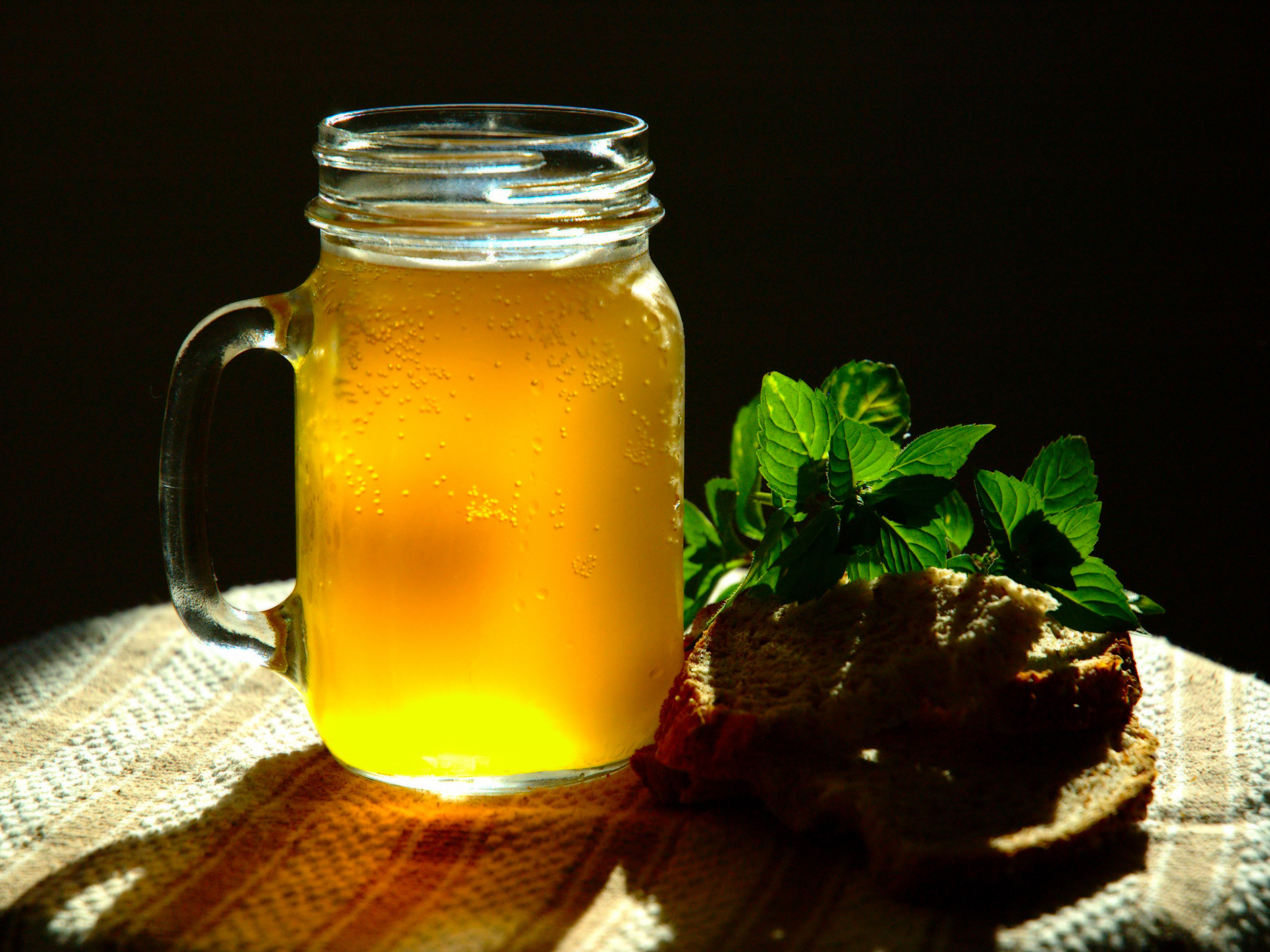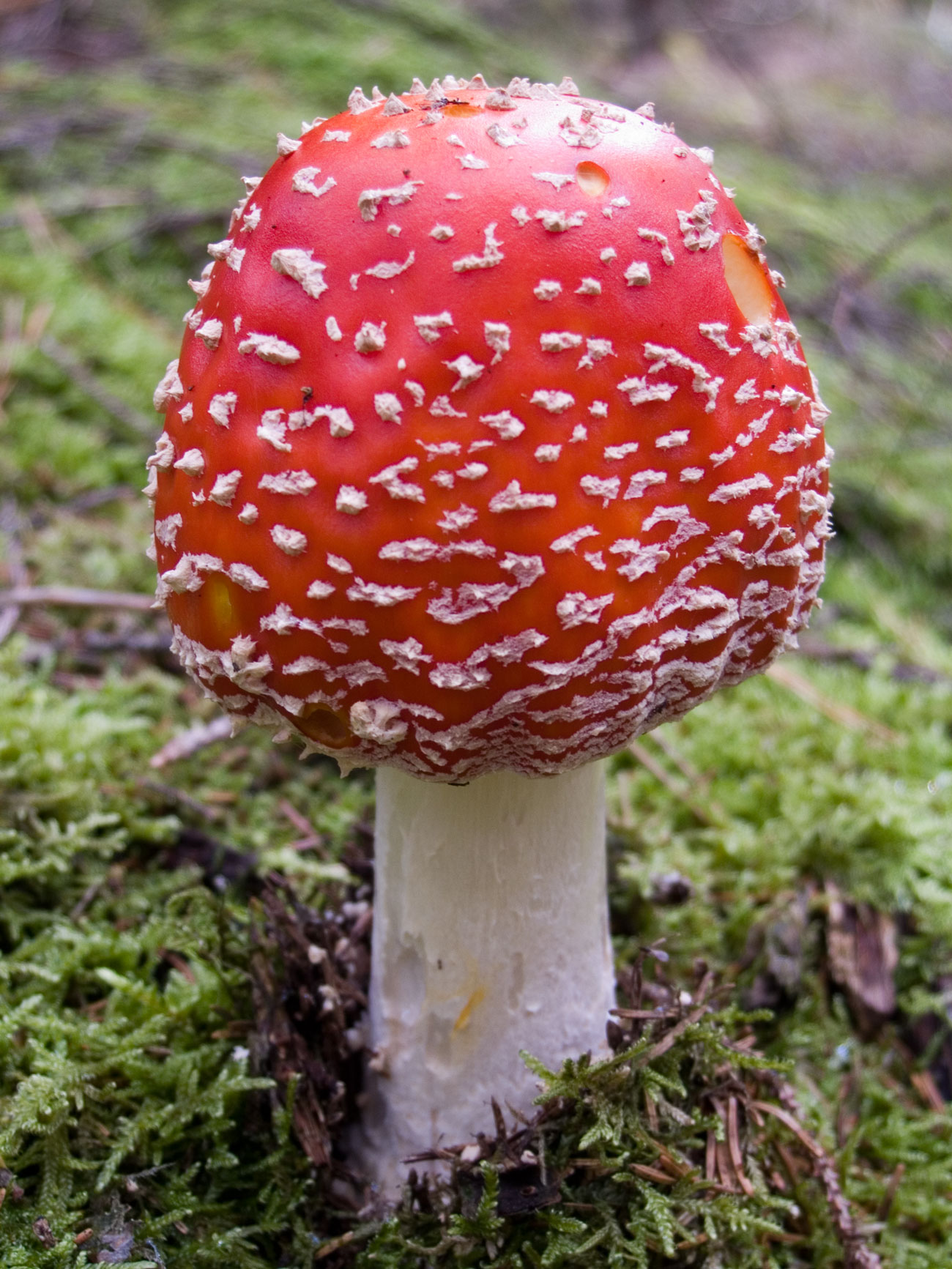 If you ever end up in a typical Russian home and ask for a glass of coke, do not be surprised if you receive bemused stares and mutinous mutters. Do not be surprised, again, if you see a huge jar in the corner full of some strange dark mass and liquid. This is a very popular Russian drink you may have heard of before -- kvas.
If you ever end up in a typical Russian home and ask for a glass of coke, do not be surprised if you receive bemused stares and mutinous mutters. Do not be surprised, again, if you see a huge jar in the corner full of some strange dark mass and liquid. This is a very popular Russian drink you may have heard of before -- kvas.Kvas is a slightly sour drink made from rye or black bread using fermentation. The bread is toasted until darkened, then simmered in water with sugar; yeast is added to the resulting liquid and left to stand for a couple of days, then strained.
Yes, my dear coke-drinking (but hopefully not sniffing) readers, it is basically fizzy bread liquid. How can Russians possibly choose kvas over Pepsi or Coca-Cola? -- you may be wondering, whilst sipping from a bottle of smooth, fresh high fructose corn syrup. But it cannot be helped. The Slavic people are a strange and heathen kind, and stubborn to the point where not even a commercial depicting Santa Clause consuming Coca Cola will make them change their minds. In fact, they don't even believe in Santa Clause! But that is a topic for another post.
Kvas-drinking has been ingrained into the Russian culture for centuries, perhaps more than a thousand years. It was used as medicine and as food, combined with vegetables, meat, and/or boiled eggs to make a cold soup. Sometimes other ingredients were added, such as mint, berries, or hops. It should be mentioned that kvas contains alcohol, but very little -- at most about 2%; therefore, it is considered safe for children. In relatively recent times, kvas has become available as a bottled drink, and is also readily available in the summer, when huge barrels of it are parked in city streets. However, many people still prefer to make it themselves, especially since a lot of bottled kvas is of inferior quality.
In conclusion, if you would like to feel like a true Russian, kvas is a must, as well as black bread, schi, and a strong addiction to cigarettes, preferably resulting in an early and tragic death. To complete the picture, write a lot of poetry and get in a duel, if possible. Just make sure the blood from your bullet wound doesn't get into the kvas.




